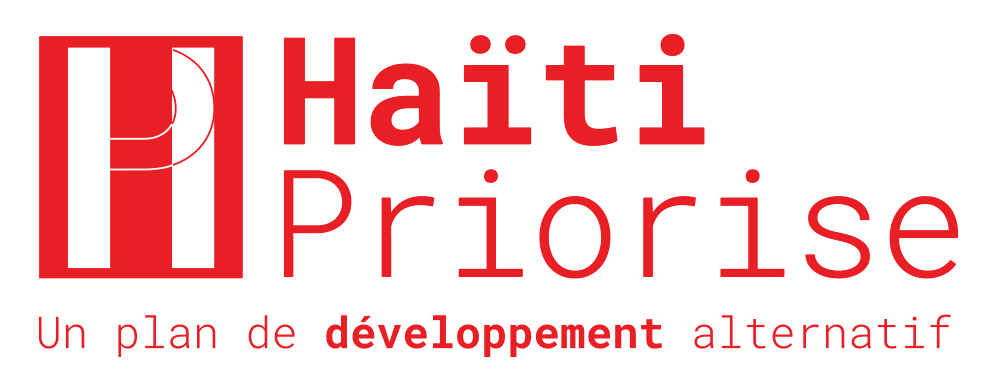Haïti Priorise: Agroforestry, Ariste
Description of Problem
Between 70% and 95% of the energy used for cooking in Haiti is from wood and charcoal, which is detrimental to the country’s forests. Original forest area is now only 3.5%, according to FAO (2015), though other sources put it as high as 30% (Churches et al., 2014).
Causes of deforestation are complex. One much-studied factor is that farmers have no incentive to engage in sustainable farming. They are focused on short-term needs and face uncertainty in the medium- and long-term due to the system of indirect tenure (de-mwatyé). They prioritize non-forestry, even on high slopes, meaning more frequent income to the detriment of soil stability.
Solutions
Three interventions can work in synergy:
- Optimal agro-silviculture: a land use administration system in which trees are grown around or among crops or pastureland. It can be managed to be linked to different markets for high-value products, including non-traditional markets such as carbon. This would target 257.000 smallholder farmers on 252.000 hectares, representing an additional 9.2% of forest coverage, excluding savanna and rocky bare lands.
- Carbon pricing infrastructure: (in the form of certified documentation, processes and regulations) in order to connect newly afforested areas to the international carbon market. The target would be 256.000 smallholder farmers on 251.000 hectares of savanna and rocky bare lands.
- Biogas scale up: charcoal substitute for cooking. The potential for this local source of energy put downward pressure on deforestation. 100 plants would be set up. The target is 397.000 households. 350 million cubic meters of natural gas would be produced.
Summary Table of the BCR
Costs and Benefits in billion gourdes, 5% discount rate. Figures represent total present value benefits and costs of 20 year program.
| Interventions | Benefit | Cost | BCR | Quality of Evidence |
|---|---|---|---|---|
| Optimal agro-silviculture | 963.1 | 321.9 | 3.0 | Medium |
| Carbon pricing Infrastructure | 51.5 | 40.0 | 1.3 | Limited |
| Biogas scale up | 290.2 | 133.0 | 2.2 | Medium |
Agro-silviculture
Benefits
- Direct income from the sale of leaves, seeds and timber from moringa and peanuts.
- Decreased malnutrition from high nutritional content in moringa and peanuts.
- Indirect environmental benefits: the agro-forestry system is valued as a carbon sink (CO2 reduction), for its biodiversity and its regulating services (water flow, erosion prevention, disturbance moderation, waste treatment, pollination).
Costs
- Labor (clearing, plowing, planting, weeding, harvesting) and other costs (land, seedlings, fencing, transportation) amount to 129,185 HTG per hectare for the first year and 94,945 HTG per hectare in subsequent years.
- Other costs include promotion and farmer training; and transformation, packaging and labeling for the international market.
Carbon pricing infrastructure
Benefits
- Direct income from the sale of leaves, seeds and timber from moringa and peanuts.
- I Indirect environmental benefits: the agro-forestry system is valued as a carbon sink (CO2 reduction), for its biodiversity and its regulating services (water flow, erosion prevention, disturbance moderation, waste treatment, pollination).
Costs
- Verified Carbon Standard (VCS) Program: registration fee, carbon units issuance levy, methodology approval process administration fee, expert application fee, verification annual fee.
- Contractor cost: methodology development fee and complete program documentation, verification fee.
- These social costs amount to 1.55 billion HTG in the first year and 1.04 billion in subsequent years. They are in addition to the traditional afforestation costs which amount to 109,023 HTG/ha (27.34 billion) in the first year, but only 1,923 HTG/ha (482.3 million) in following years. As such, the social costs represent about 5% of the total costs in the first year, but 68% of total costs in the subsequent years.
Biogas scale up for cooking
Benefits
- Direct income from the sale of natural gas and organic fertilizer.
- Household economic benefits: energy, time and money saved.
- Indirect values include health benefits from the reduction in household air pollution and environmental benefits (reduction in the use of charcoal by up to 380,000 tons).
Costs
- Investment costs to build plants is substantial (78.7 billion HTG).
- Annual operating, maintenance and administration costs.

